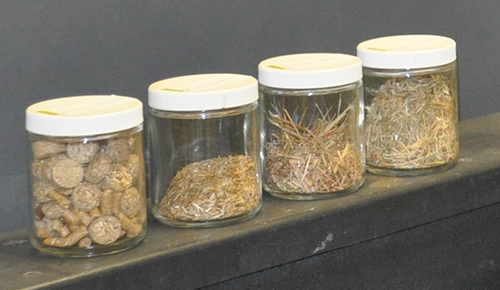Sugar Yield in Biofuel Manufacturing

Peter Zhang is a co-principle investigator on a National Science Foundation funded research project that seeks to find cost-effective ways to manufacture cellulosic biomass. He began collaborating on this project four years ago as a doctoral student with Pei and Wang.
Biomas particle size and enzymatic hydrilysis sugar yield = optimal size
Through his research, Zhang has found that currently there is no common method for determining the optimal particle size for reduction. As a result, he believes it may be possible that manufacturers are putting more energy into the production process than is necessary.

Research objective: What is the optimal size needed to turn cellulosic biomass into biofuel, while limiting the energy consumption used in the size-reduction process?
- Investigate how particle-size reduction affects sugar and ethanol yields.
- Compare different methods of particle-size reduction and their power consumption.
- Determine the optimum method of particle reduction size.
Additional research interests
- Cellulosic biomass preprocessing (pelleting and size reduction)
- Relationships between cellulosic biomass structural features and enzymatic hydrolysis sugar yield
- Natural fiber reinforced additive manufacturing